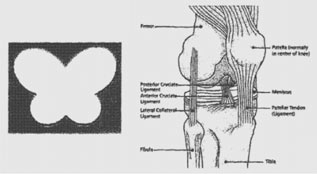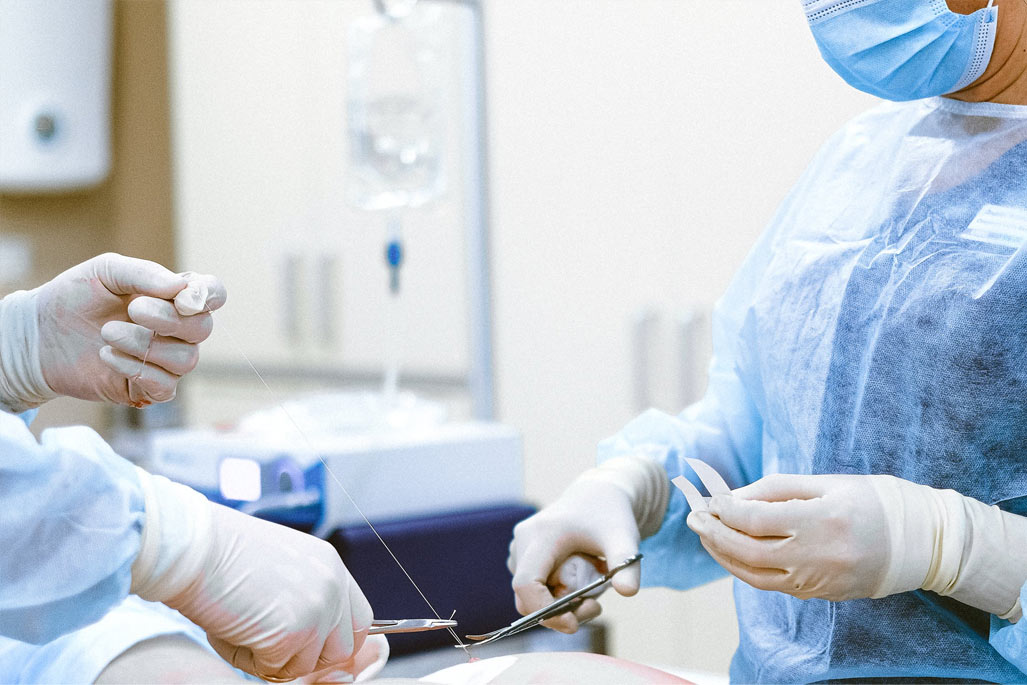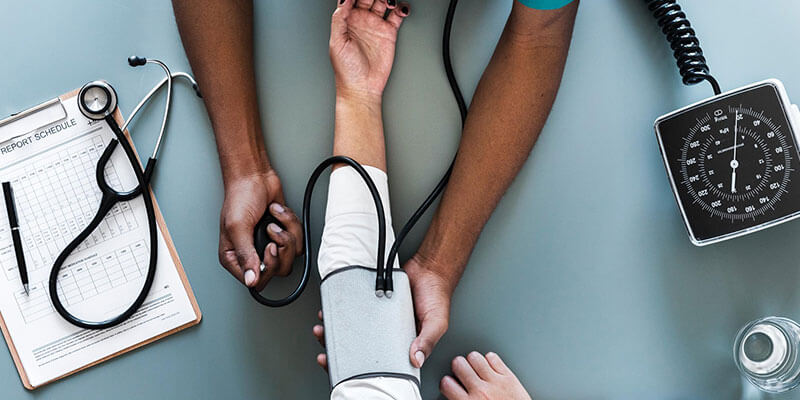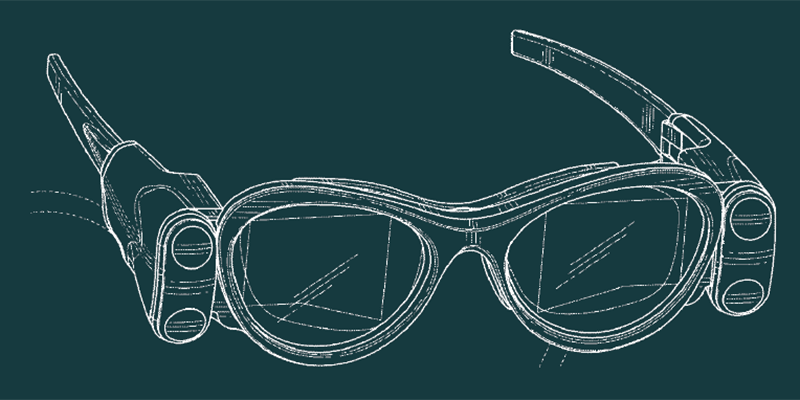A patent application from Orthocell, an Australian regenerative medicine company, describes a patch for damaged soft tissue meant to replace sutures.
The soft tissue mentioned in Orthocell’s USPTO filing is particularly for treating anterior cruciate ligament (ACL) injuries, which works in conjunction with the posterior cruciate ligament to connect the femur and tibia at the knee joint. The ACL is widely known to have poor healing capabilities, unlike ligaments outside the knee. This is due to the synovial fluid around the ACL, which lubricates the knee at the cost of dissolving any blood clot or scar tissue.
ACL injuries are common among professional and recreational athletes of various sports. The American Orthopedic Society for Sports Medicine says between 100,000 to 250,000 ACL ruptures occur in the U.S. every year. These are characterized by a popping sound followed by excruciating pain and the inability to stand. ACL injuries used to end athletes’ careers, though medical advances have made recovery possible within months. Surgical reconstruction and rehabilitation have enabled patients to resume physical activity, in some cases even at the Olympic level.
For surgical reconstruction, the back of the femur is reconnected to the front of the tibia using collagen fibers, biodegradable polymers, and composites, as well as three-dimensional scaffolds made of protein, hydrogel, or collagen. However, the grafting procedure generally requires some form of suturing. Orthocell says this carries the risk of collateral tissue damage, along with other complications from the presence of permanent sutures. These include Immunological reactions including inflammation, scarring, irregularities of the endothelium with a consequent prothrombotic effect. The company also notes how sutures fail to provide an instantaneous water-tight seal, as shown by relatively low leak point pressures in comparison to other sealant technologies.
To avoid these issues, Orthocell designed a patch that could act as a substitute for sutures. It is primarily comprised of collagen and is produced in a butterfly-shaped arrangement to provide better means of manipulation in situ.

Orthocell’s collagen-containing patch along with a knee diagram.
Over 80% of Orthocell’s patch would consist of type I collagen: the most abundant protein in all vertebrates, which assembles into bone, skin, blood vessel walls, and other connective tissues.
The collagen patch would have a knitted structure, and the strength and flexibility to withstand forces exerted by movement of the knee. A preferred embodiment of the collagen-containing patch would have interconnected pores to facilitate tissue integration and vascularisation. It would also have a surface chemistry that promotes cell attachment, proliferation, and differentiation. Since it is biodegradable and/or bioresorbable, normal tissue can replace it after the healing process.
Surgeons would use the patch to enclose at least a portion of a patient’s reconstructed ACL. The patch can be made to adhere using biocompatible glue such as fibrin glue or a PLA/PLG polymer, used to create bioresorbable surgical sutures. Alternatively, it can be “welded” onto the tissue via laser emitted optical energy or radiofrequency energy. A sensitizer, like rose bengal, is applied before or after the patch is applied. It absorbs energy from radioactive or light rays and transmits them to the patch, facilitating the weld.
This process would form a bioactive chamber around the ACL, which seeks to promote cell growth and healing of tissue.
Another claimed advantage of Orthocell’s collagen patch is its low antigenicity, meaning the body’s immune system is less likely to attack the surgery site. The company says previous attempts to overcome some of suturing’s limitations, such as replacing it with rings, clips, glues, and laser welding, did not see widespread clinical adoption due to their tendency to trigger substantial foreign body reactions or associated tissue injuries.
The patent application suggests four methods of manufacturing the medical device, all of which begin by isolating a collagen-containing tissue and incubating it in an ethanol solution. Given the high demand for collagen in pharmaceutics and the food industry, the protein has been isolated in a wide range of vertebrate tissue, from fish to cows to human placenta.
As an example of the invention’s clinical deployment, Orthocell’s filing cites an Australian study of 50 rabbits, assigned to two groups of 25 and each having had a rotator cuff tendon severed. One group was treated through simple suturing of the severed ends of the tendon while rabbits in the other group were welded with collagen patches. Researchers compared each rabbit’s operated and unoperated shoulders at both 4 and 8 weeks.
The featured patent application, “Sutureless Repair of Soft Tissue”, was filed with the USPTO on March 2, 2021 and published thereafter on August 5, 2021. The listed applicant is Orthocell Ltd. The listed inventor is Ming Hao Zheng.






